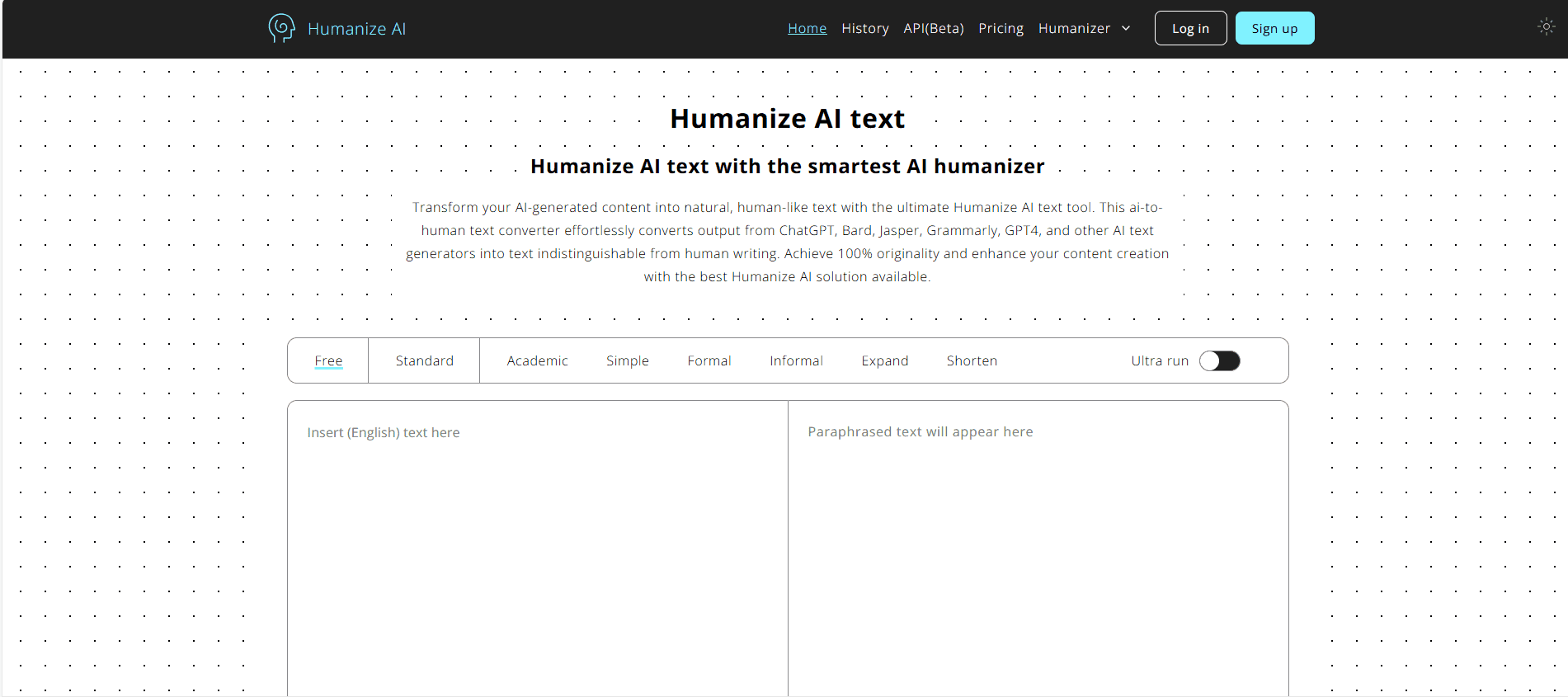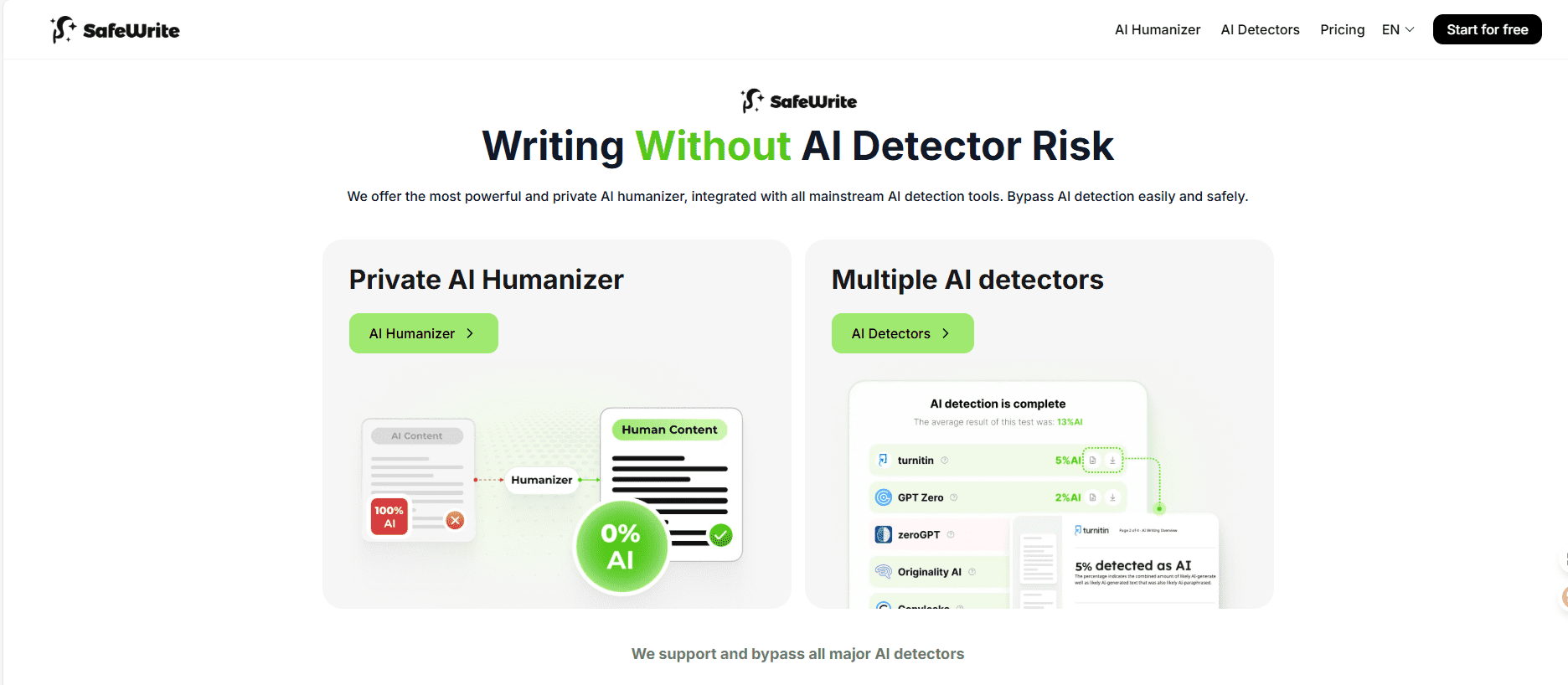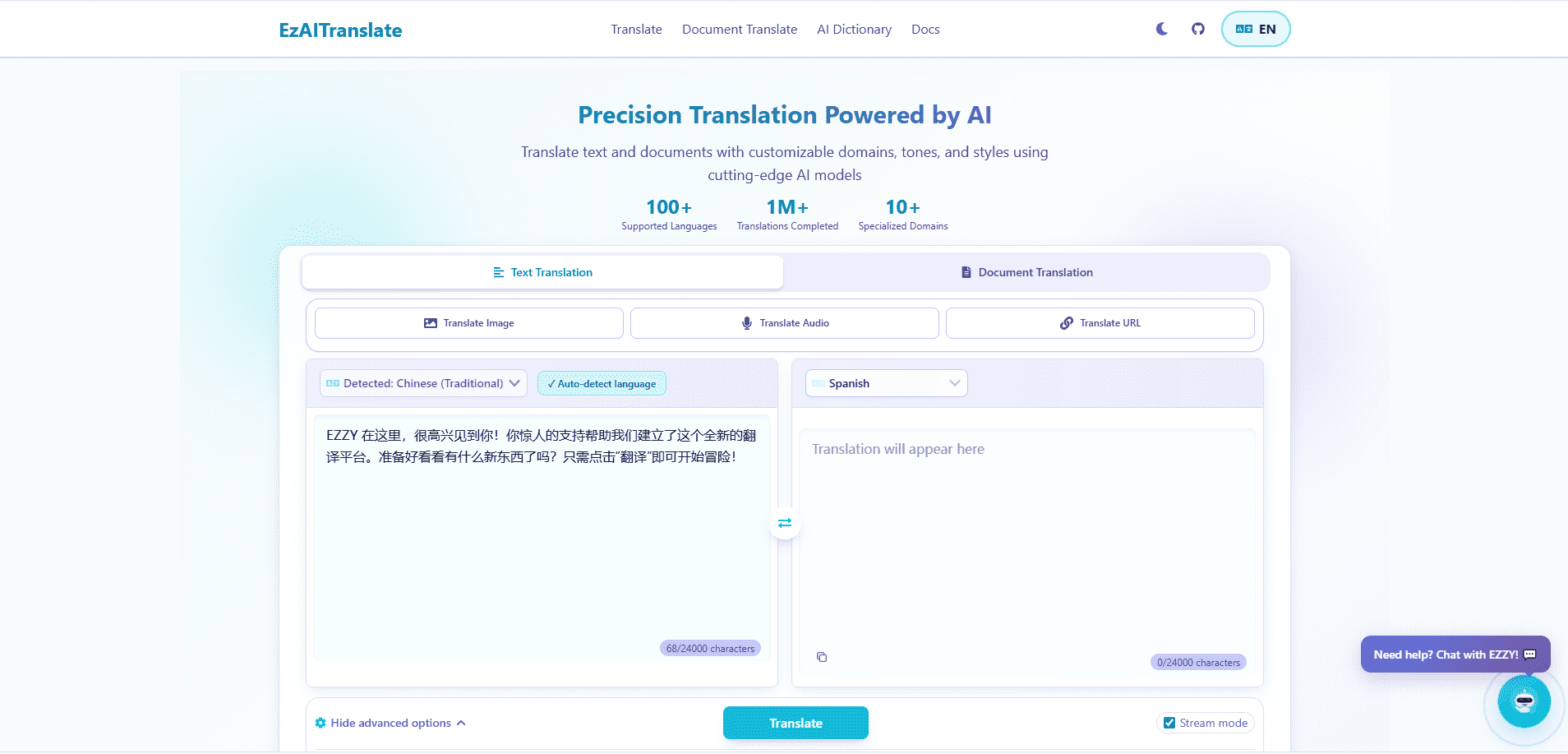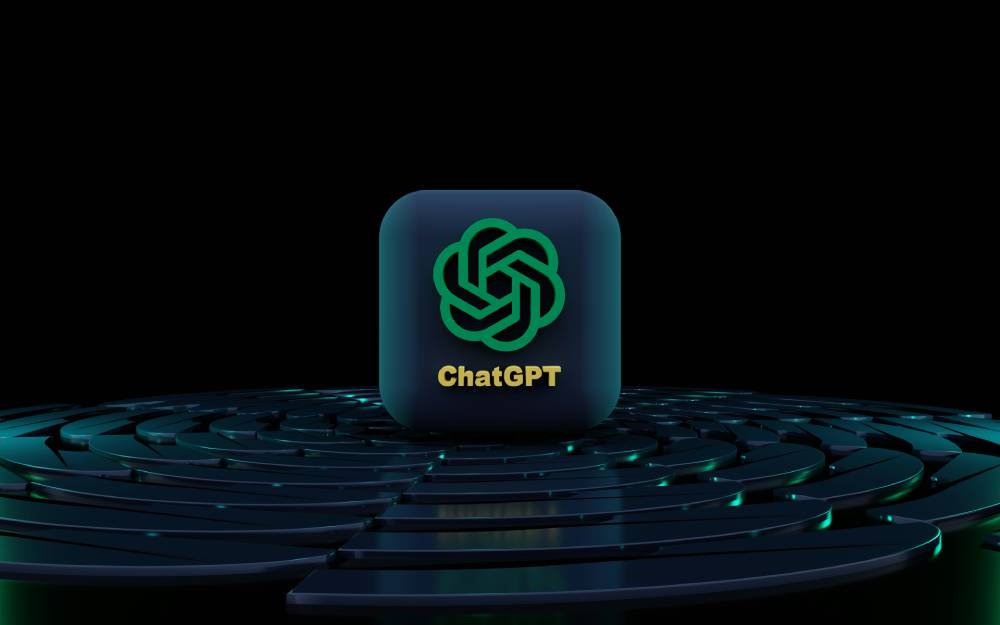We’ll be honest with you: there’s no perfect 1:1 replacement for Twitter. But there are plenty of social apps that can be a decent substitute for your daily timeline checks, especially if you’re looking to get off Twitter for any reason (and there are many reasons, too).
With Twitter’s current state—advertisers bailing and controversial figures back—now is a good time to think about what we really want from a social network. We don’t have to stay on social apps just because they’re available and habit-forming. Users should get value from their social media experiences, especially on ad-supported platforms. Whether you’re trying to build a following for your new business or connect with people in the communities that matter to you, social media should serve a purpose, not suck up your time.
Luckily, there are options. Decentralized platforms offer different experiences that are less beholden to corporate interests, and more unusual social networks offer entirely different interactions and experiences. That’s okay. Twitter has always been a go-to for real-time events and news updates, but it wasn’t perfect, and many of its most active users were frustrated with the platform.
So, if you’re ready to try something new, here are some alternatives.
Threads: A Twitter Alternative

Threads, from Meta, has become one of the most popular and viable alternatives to Twitter. Launched in July 2023, it’s been rolling out requested features, including trending lists and a desktop version. It’s getting better and better and is a strong player in the social media landscape.
Instagram Integration
One of the best things about Threads is the seamless integration of Instagram. You can log in with your Instagram credentials, which makes the onboarding process super easy. This integration allows you to find and follow people you’re already connected with on Instagram, which makes it easy to build your network on Threads.
Cross-posting from Instagram and Facebook to Threads makes content sharing across platforms easy. This is especially useful for users who are already on other Meta platforms, as it gives a more cohesive social media experience.
Fediverse
Another cool thing about Threads is its connection to the fediverse, a network of social platforms that use the ActivityPub protocol. This means a more decentralized social media experience and more control over your interactions and the content you engage with. By being part of the fediverse Threads, users can connect with people on other platforms that support the same protocol and be part of a community beyond the app.
Real-Time Updates
While Threads is great in many ways, as a Twitter alternative, some users may find it lacking in real-time updates on news, sports, and pop culture. The platform hasn’t fully captured Twitter’s immediacy, which can be a drawback for those who rely on social media for timely information.
Also, note that Meta has chosen to separate its platforms from political discussions. While this may be good for users looking for a more fun social media experience, it may be a drawback for those who want to engage in political conversations.
Features to Come
While Threads is a solid Twitter alternative, it’s not without limitations. It doesn’t support long video uploads, direct messaging, or live audio rooms, which are available on Twitter. Many users use these features for dynamic interactions and multimedia content sharing.
Meta has said they’re working on adding more features to Threads, so maybe these will be added in the future. For now, you’ll need to adjust your expectations.
Mastodon: A Decentralized Twitter Alternative
Mastodon is one of the most popular alternatives to Twitter, and for good reason. This social network offers a different approach to social media that prioritizes decentralization and user control, so it’s a great option for those looking for a different online experience.
Decentralized Power and Moderation
One of the best things about Mastodon is its decentralized structure. Unlike traditional social networks, where one entity controls the platform and sets the rules, Mastodon allows you to join different servers, each with its own moderation policies. This decentralization means no one person or organization can make arbitrary decisions, which creates a more democratic environment.
When you join Mastodon, you must choose an instance (often referred to as a server) that fits your interests and values. Each instance operates independently, so the rules and moderation can be very different from one another. If you don’t like the moderation decisions of your chosen instance, you can move to a different one without losing your connections. You can still follow and interact with users on other instances, which adds more flexibility to the experience.
Twitter Similarities and Differences
Mastodon works like Twitter in that you can share real-time thoughts and re-share posts from others. But that’s where the similarities end. As an open-source platform, Mastodon operates on a community-driven model where users have more control over their online space. This can be a more positive and supportive environment, especially for those who are tired of cynicism and harassment on Twitter.
From my experience, the interactions on Mastodon have been more meaningful. The community is more engaged and supportive, which is a nice change of pace from the toxic Twitter environment. I can connect with like-minded people who share my interests without constant negativity.
Apps and User Experience
Another benefit of Mastodon’s open-source framework is the many mobile apps available. Users can choose from different apps that fit their needs, which is great. However, for some users who prefer a simple sign-up process, the extra steps to selecting a server and app can be a turn-off. Traditional social media platforms are so simple to sign up for.
I found the setup a bit overwhelming at first, but once I found an instance that fit my interests, I felt like I belonged. The many apps available also meant I found one I love, which has made my Mastodon experience so much better.
Good Vibe
If you’re tired of the negativity and toxicity on Twitter, you might find the vibe on Mastodon very chill. Many users like the community-driven approach and the emphasis on respectful interactions, which can make for a more enjoyable social media experience where users feel safer and more supported.
I’ve found the conversations on Mastodon to be more constructive and less argumentative. It’s a space where people actually want to share ideas and support each other, which is something I’ve been missing in other social media.
Bluesky: A Decentralized Twitter

Bluesky is becoming a popular alternative to Twitter. It was developed alongside the platform and led by former Twitter CEO Jack Dorsey. Like Mastodon, Bluesky is a decentralized social network where users have the tools to create and manage their own communities.
Decentralized Twitter
At its heart, Bluesky is a decentralized Twitter. Users can post text and images, reply to others, re-share posts, and message other users. However, what sets Bluesky apart is user control. Unlike Twitter, you can set up your own server if you want, which means you can customize your experience. You can choose your own algorithm for content delivery and tailor your feed to your needs.
Bluesky also allows users to choose the level of content moderation they want. By subscribing to independent moderation services, you can choose how much or how little moderation you want for your content. This is great for those who want to create a space that fits their values and community standards.
Getting Started with Bluesky
New users get the “Starter Pack,” which curates a list of recommended accounts and custom feeds. This helps users discover interesting content right from the start. I found this very helpful when I first joined, as it introduced me to many creators and topics I wouldn’t have found on my own.
New Features
Like Threads, Bluesky was very basic when it first went public in February. But since then, many features have been added, including native video and direct messaging (DMs), making Bluesky a more complete alternative to Twitter.
From my perspective, the addition of video support has been a big deal. It allows for more content sharing and engagement, which is key in today’s social media. The ability to send direct messages also means more personal interactions and easier connections with others on the platform.
Community Focused
Bluesky’s decentralization means a community-focused experience where users can interact with each other more meaningfully. The focus on user autonomy and customization means it feels less controlled and more organic than traditional social media.
Discord: A Social App Beyond Twitter

Discord doesn’t work like Twitter at all, but it’s one of the best social apps out there. Originally created to be a better way for gamers to communicate, Discord has since become a platform for all sorts of interests and communities.
Topic Based Servers
Unlike Twitter’s public square model, Discord is a topic—and interest-based server system. Users can join servers for their hobbies, passions, or social circles and create a more focused and engaging environment. Whether you’re into gaming, art, music, or any other interest, there’s a server for you. This means more meaningful interactions as members can discuss what matters to them.
Within these servers, Discord has regular text chat in dedicated channels and seamless voice chat. So you can chat in real-time whether you’re discussing game strategies, sharing creative ideas, or just catching up with friends. You can also stream games to friends or queue up YouTube videos together to make it a social experience.
Community Size and Customization
Some of the biggest Discord servers have hundreds of thousands of members and are lively communities where users can connect and share. But if you want a more intimate setting, you can create a private server for friends or family. This means users can customize their Discord experience to their liking, whether they wish to be part of a big community or keep it small and personal.
Through its server-based structure, Discord offers some of the same federation benefits as platforms like Mastodon but without the complexity of open-source software that can scare off new users. So, Discord is an accessible option for those who want to connect with others in a more structured environment.
Longevity and Growth
One of Discord’s big advantages is its stability. As a company with a large and growing user base and a paid subscription model, Discord has a sustainable business. This is key for social apps, which can fizzle and disappear overnight. Knowing Discord is here to stay means users can feel safe investing time and energy into building on the platform.
Chat Centric
But it’s worth noting that Discord is more of a chat app than a posting app. The Slack-like interface refreshes in real-time, which can be a blessing and a curse. On a busy Discord server or even one with a few hundred active members, it’s easy to get lost in the conversation quickly. This fast pace can be overwhelming for some users, especially those who want a more relaxed social media experience.
The good news is that Discord is aware of this and is working on more tools for asynchronous interaction. So, users will soon have ways to catch up on conversations they missed, making the platform even more user-friendly.
Tumblr: A Different Twitter
You might not think of Tumblr as an alternative to Twitter, but there are some similarities between the two that make it worth considering. Although Tumblr is more of a microblogging site than a traditional social network, it has features that appeal to users looking for a different social media experience.
Microblogging
Tumblr has a feed that shows posts from people you follow, similar to Twitter’s timeline. This way, you can stay up to date on the content your favorite creators and friends are sharing. You can post different types of content on Tumblr, including images, GIFs, videos, and text, so it’s a great platform for self-expression. You can also leave notes on posts (like comments) and interact with the community.
You can also like, share, and reblog content on Tumblr to build a sense of community and collaboration. There’s also a trending topics section where you can discover content and engage with what’s popular, like Twitter.
Flexibility and Ease of Use
One of Tumblr’s big advantages is its flexibility. You can customize your blog with unique themes and layouts to have a more personalized online presence. Setting up a Tumblr account is easy, so it’s accessible to new users. You can use Tumblr for free or go ad-free with extra features for $4.99 a month or $39.99 a year. So, it’s a great option for those who want to try out a new social media platform without breaking the bank.
In my experience, Tumblr’s interface and customization options make it easy to create a space that’s unique to you and your interests. Whether you want to share your art, write about your favorite shows, or just reblog funny memes, Tumblr is a welcoming space for all types of content creators.
A Different Culture and Community
Tumblr has a unique culture and chaotic charm. It’s known for its vibrant communities where users share everything from fandom content to social commentary. This sense of community can be a breath of fresh air for those who are tired of the negativity on other social media platforms.
Tumblr’s creative freedom allows for all sorts of content, and it’s become a hub for artists, writers, and meme makers. I find the interactions on Tumblr to be more playful and fun, which is a nice change of pace from Twitter.
Stability and Longevity
Despite all the ownership changes and challenges over the years, Tumblr has managed to maintain its user base. So it’s likely to stick around, and you can feel safe investing your time and creativity in a platform that’s proven to last.




















